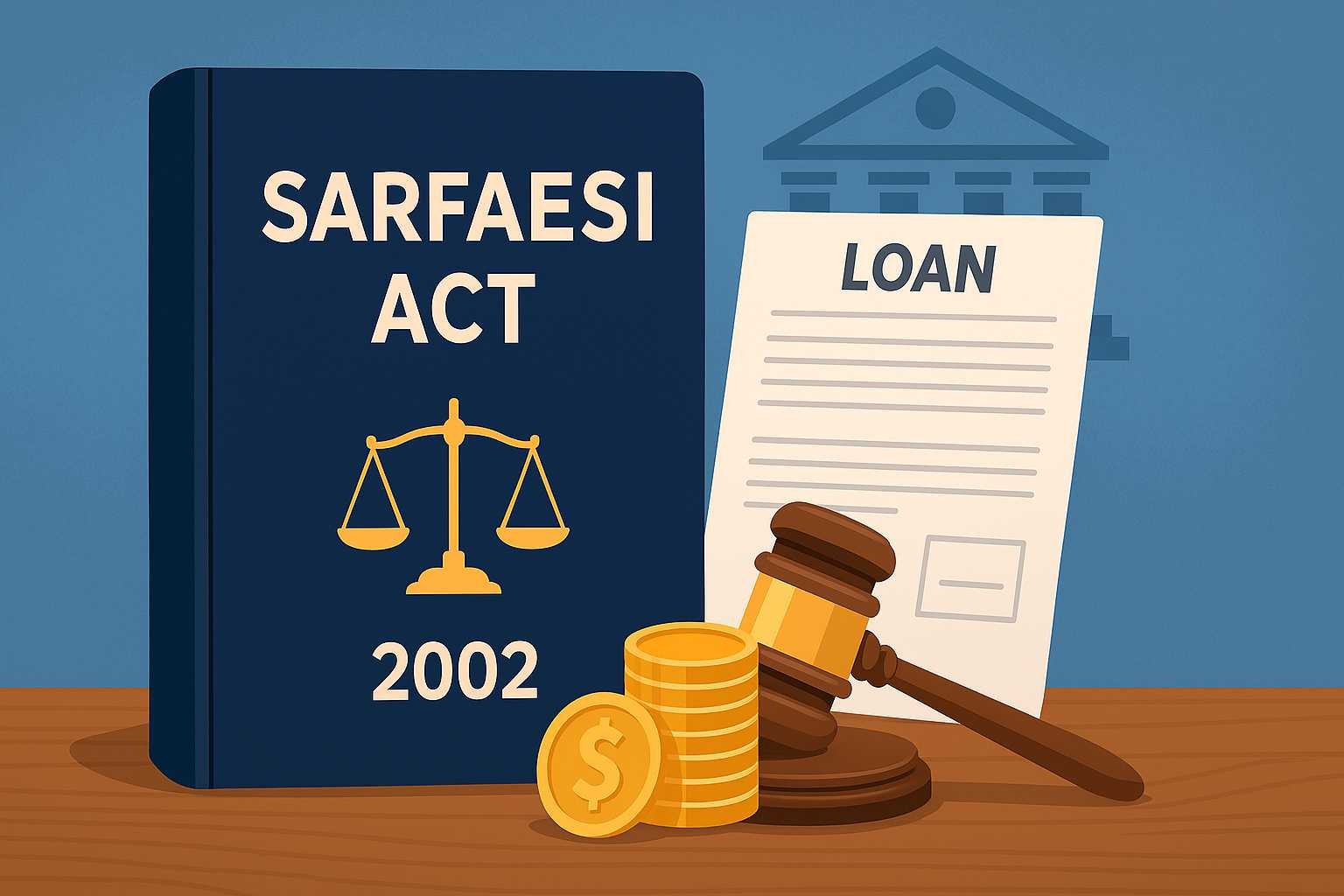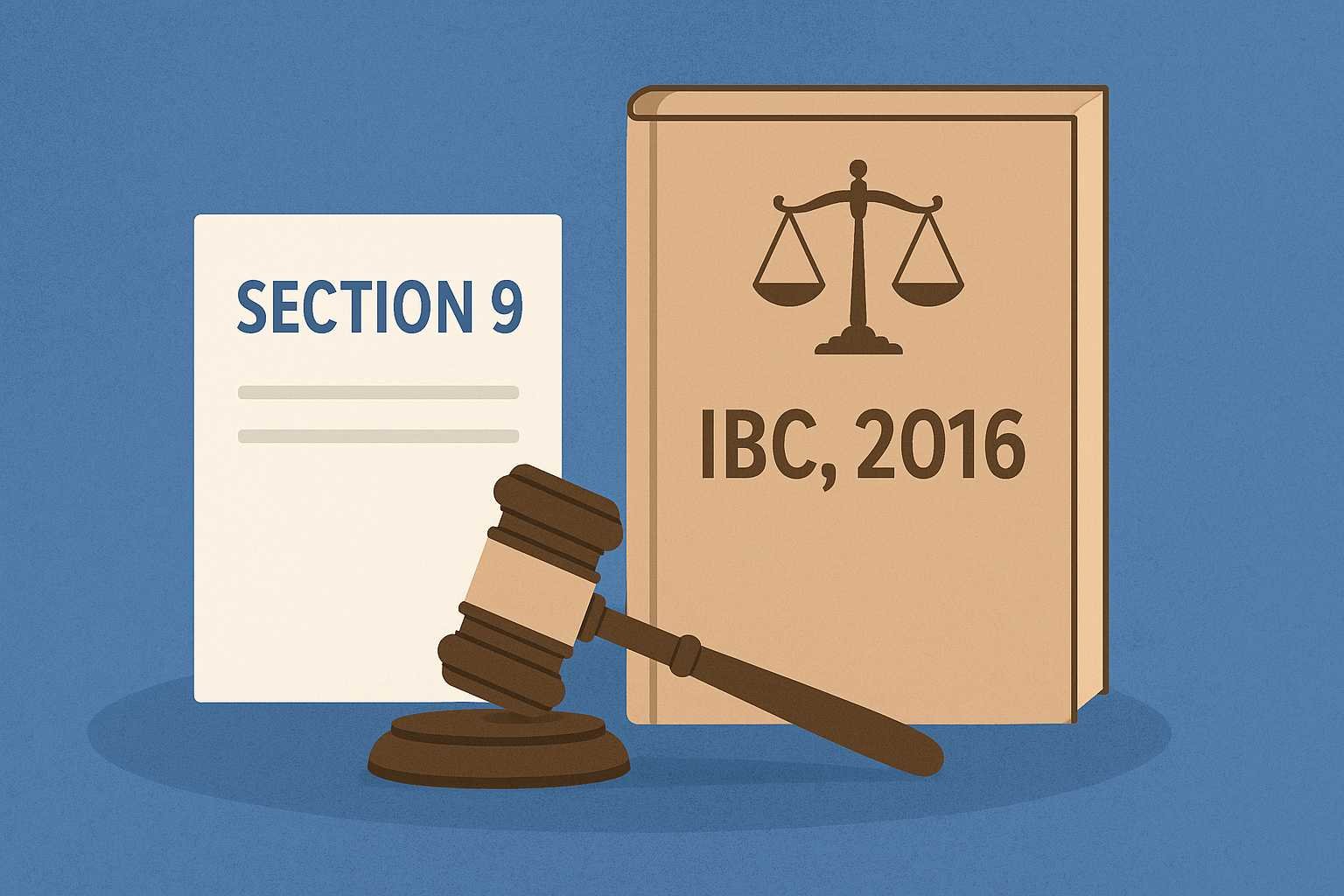On this page you will read detailed information about Contractionary Policy.
As you navigate the intricate landscape of economic strategies, understanding the nuances of contractionary policy becomes essential. This guide delves into the mechanisms and implications of this pivotal economic tool, designed to curb inflation and stabilize financial systems. By restricting the money supply and elevating interest rates, contractionary policy serves as a counterbalance in overheated economies. Whether you are an economist, a financial analyst, or a policy maker, gaining insight into these measures equips you to anticipate market shifts and align strategies accordingly. Explore how contractionary policy influences economic dynamics and shapes the fiscal environment in this comprehensive exploration.
What is Contractionary Policy?
Understanding Contractionary Policy
Contractionary policy is a macroeconomic strategy commonly employed by central banks and governments to temper an overheating economy and combat inflation. When inflation rates soar unchecked, they can erode purchasing power, leading to economic instability. In such situations, contractionary measures are introduced to decelerate economic activity.
At its core, contractionary policy encompasses both monetary and fiscal interventions. Contractionary monetary policy typically involves the central bank undertaking actions such as increasing interest rates, which in turn raises the cost of borrowing. This discourages consumer spending and business investment, effectively shrinking the overall money supply. For instance, the Federal Reserve may increase the federal funds rate to curb excessive economic growth and bring inflation back toward a target, often around 2%. Additionally, measures like increasing reserve requirements for banks or selling government securities are employed to extract liquidity from the economy and stabilize prices.
On the other hand, contractionary fiscal policy involves reducing government spending or increasing taxes to lower aggregate demand. This method is often adopted to close an “inflationary gap,” where the actual economic output surpasses its potential. By shifting the aggregate demand curve to the left, the economy slows down, which helps contain inflation.
While effective in controlling inflation, contractionary policy can also bring about unintended consequences such as increased unemployment and reduced economic growth. It is a delicate balancing act, aiming not to halt demand entirely but to temper it to sustainable levels, ensuring long-term economic stability.
Key Tools of Contractionary Policy
Raising Interest Rates
One of the main instruments central banks use in contractionary policy is increasing interest rates. By raising the federal funds rate, as managed by the Federal Open Market Committee (FOMC), the cost of borrowing rises for both consumers and businesses. This elevation in borrowing costs discourages spending and investment, which in turn reduces the overall demand in the economy. As a result, inflationary pressures are mitigated, helping to stabilize prices. Higher interest rates also work to curb speculative investments that might lead to market bubbles, ensuring a more sustainable economic environment.
Increasing Reserve Requirements
Another critical tool is the adjustment of reserve requirements for commercial banks. When reserve requirements are elevated, banks are compelled to hold a larger fraction of their deposits, resulting in a reduced capability to extend loans. This constrains the money supply circulating within the economy, leading to decreased liquidity and, consequently, a reduction in aggregate demand. Such measures aim to control inflation by lessening the frequency and volume of monetary transactions without halting economic activity altogether.
Open Market Operations
Open market operations play a pivotal role in executing contractionary policy. By selling government securities, central banks withdraw capital from the economy. This process not only reduces the money supply but also raises the yield on these securities, making them more attractive to investors. The reduced liquidity prompts a slow-down in economic growth, aiding in the fight against inflation. This balance is crucial, as policymakers must navigate the fine line between controlling inflation and avoiding a significant economic downturn.
Together, these tools form the backbone of contractionary policy, each contributing to the broader goal of maintaining economic stability by managing inflation and ensuring sustainable growth.
The Economic Effects of Contractionary Policy
Inflation Control and Price Stability
At the core of contractionary policy’s objectives is the reduction of inflationary pressures. By either increasing interest rates or tightening fiscal spending, authorities can effectively reduce the money supply in circulation. This decrease leads to lower consumer spending and business investments, which in turn curbs demand for goods and services. As a result, inflation rates tend to decrease, bringing prices back towards a target level, often around 2% as maintained by entities like the Federal Reserve. This alignment between actual and target inflation rates ensures price stability, a key indicator of a healthy economy.
Impact on Economic Growth
While contractionary policy effectively manages inflation, it does so at the cost of slowing economic growth. By curbing spending and investment, the overall demand within the economy diminishes. This inevitably leads to a reduced Gross Domestic Product (GDP) growth rate, often aiming for a more sustainable annual level between 2-3%. Though beneficial in preventing an overheated economy, this slowdown can be unpopular as it may cause ripple effects such as increased unemployment and reduced consumer purchasing power.
Employment and Consumer Spending
Contractionary policy’s influence extends to employment dynamics. With businesses facing decreased demand, they often respond by scaling back production and hiring efforts. This cautious approach results in higher unemployment rates as companies minimize costs. Furthermore, with increased interest rates or higher taxes, consumer spending contracts, further contributing to economic deceleration. While these effects may be necessary for long-term stability, they underscore the delicate balance policymakers must maintain when deploying contractionary measures.
Historical Examples of Contractionary Policy in Action
The Post-World War II Era
One significant historical example of contractionary fiscal policy occurred in the aftermath of World War II. As wartime production and spending significantly increased, inflation surged, leading governments to implement measures to stabilize the economy. The strategy involved reducing government expenditure and issuing bonds to absorb excess liquidity. This contractionary policy was crucial in realigning the economy with its peacetime functions and curtailing inflationary pressures. The post-war adjustment showcases how fiscal policy can be a tool to combat economic overheating resulting from extraordinary expenditure.
The Federal Reserve’s Fight Against the 1980s Inflation
Another landmark instance of contractionary monetary policy was during the early 1980s when the United States faced severe inflation rates. The Federal Reserve, under Chairman Paul Volcker, took decisive action by sharply raising interest rates, which reached historic highs of up to 21%. This aggressive stance effectively cooled down the overheated economy, bringing inflation from 13.5% in 1980 to a more manageable 3.2% by 1983. This period underscored the potency of monetary policy measures, such as manipulating interest rates, to influence economic activity and control inflation.
Modern Day Implications
A more recent application of contractionary policy can be seen in the Federal Reserve’s decision in 2022 to increase the federal funds rate, aiming to bring inflation back to a target of 2%. This contemporary example illustrates the ongoing relevance and adaptation of contractionary policy tools to manage economic conditions responsibly, highlighting the central bank’s role in maintaining economic stability.
In the previous post, we had shared information about What Is Police Caution? Legal Insights and Implications, so read that post also.
Challenges and Criticisms of Contractionary Policy
Timing and Implementation
One of the primary challenges associated with contractionary policy lies in its timing and implementation. Policymakers often grapple with the difficulty of determining the optimal moment and magnitude for policy interventions. This complexity arises because contractionary measures, such as raising interest rates or cutting government spending, can have a delayed effect on the economy. If timed incorrectly, these measures may exacerbate economic downturns or fail to curb inflation effectively. Furthermore, the calibration of such policies must be precise to avoid the risk of overcorrection, which could potentially trigger a recession.
Political and Social Backlash
Contractionary policy is not immune to political and social criticism. Measures such as increasing taxes and reducing government spending are often unpopular among voters, as they can result in cuts to social welfare programs and public services. This can lead to social unrest and political backlash, particularly if the public perceives these policies as favoring financial institutions or the wealthy. Consequently, the implementation of contractionary measures can become politically contentious, necessitating careful consideration from policymakers to balance economic needs with public sentiment.
Economic and Employment Impact
Another significant criticism of contractionary policy is its potential negative impact on economic growth and employment. By increasing the cost of borrowing, these policies often discourage consumer spending and business investment, leading to reduced production and hiring. As a result, there is a risk of increased unemployment in the short term, which can undermine the policy’s intended objectives. It is crucial for policymakers to weigh these potential downsides against the need to control inflation and stabilize the economy.
Conclusion
In your exploration of contractionary policy, you have gained a deeper understanding of how governments and central banks deploy these measures to manage economic growth and inflation. By curbing excessive spending and tightening monetary supply, these policies aim to stabilize economies during periods of overheating. As you continue to monitor economic trends and policy shifts, this knowledge will empower you to anticipate potential impacts on markets and personal finances. Ultimately, a firm grasp of contractionary policy not only enhances your comprehension of macroeconomic strategies but also equips you with the insight needed to navigate the complexities of modern economics effectively.
Disclaimer
The information and services on this website are not intended to and shall not be used as legal advice. You should consult a Legal Professional for any legal or solicited advice. While we have good faith and our own independent research to every information listed on the website and do our best to ensure that the data provided is accurate. However, we do not guarantee the information provided is accurate and make no representation or warranty of any kind, express or implied, regarding the accuracy, adequacy, validity, reliability, availability, or completeness of any information on the Site. UNDER NO CIRCUMSTANCES SHALL WE HAVE ANY LIABILITY TO YOU FOR ANY LOSS OR DAMAGE OF ANY KIND INCURRED AS A RESULT OR RELIANCE ON ANY INFORMATION PROVIDED ON THE SITE. YOUR USE OF THE SITE AND YOUR RELIANCE ON ANY INFORMATION ON THE SITE IS SOLELY AT YOUR OWN RISK. Comments on this website are the sole responsibility of their writers so the accuracy, completeness, veracity, honesty, factuality and politeness of comments are not guaranteed.
So friends, today we talked about Contractionary Policy, hope you liked our post.
If you liked the information about Contractionary Policy, then definitely share this article with your friends.








